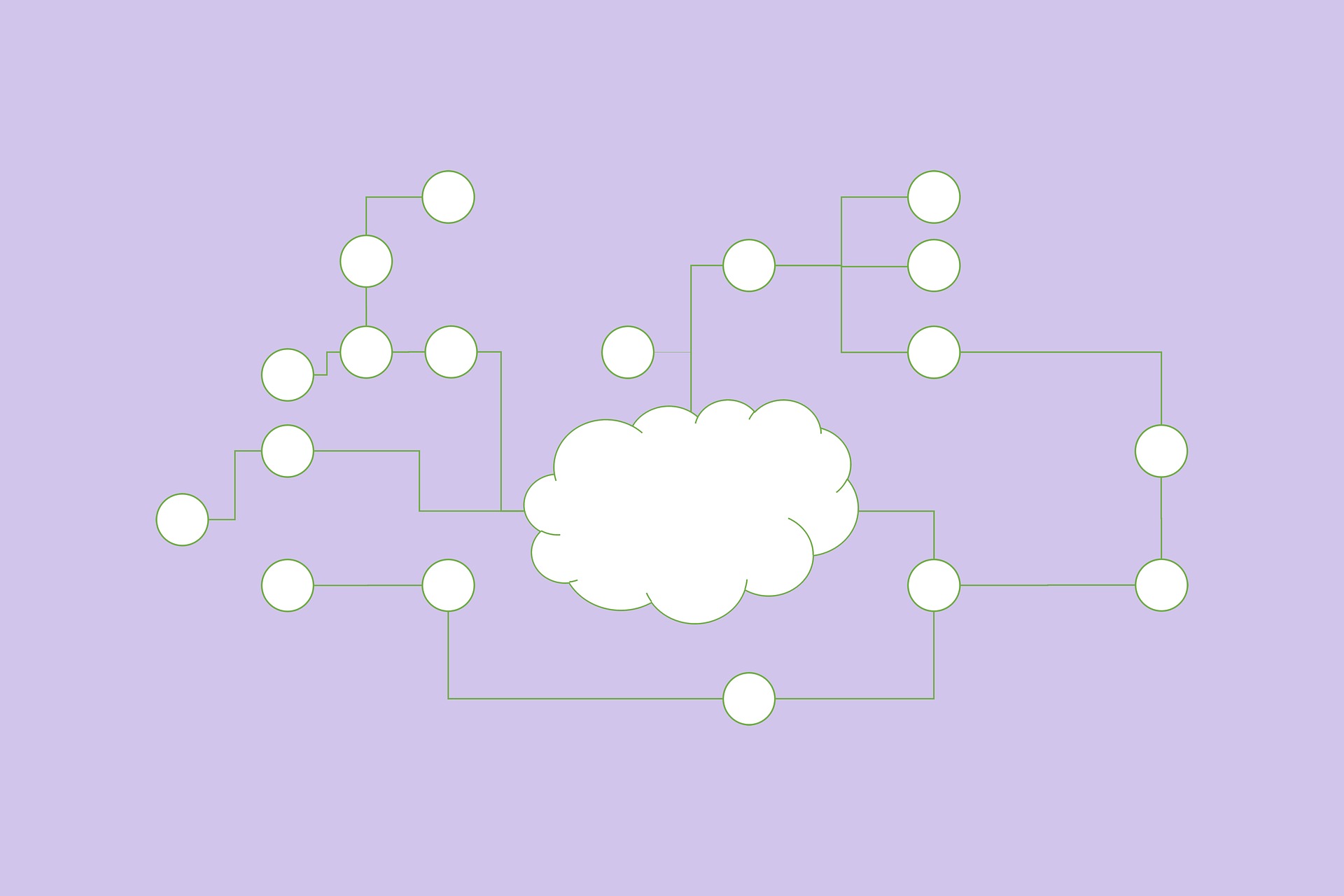
Designing an IoT Architecture
 IoT architecture is the next frontier for any company, and it’s important to understand why. There are plenty of reasons and the most important is that it can make your business smarter: smarter products, smarter decisions, and smarter business models. This is how the Internet of Things is revolutionizing the business world.
IoT architecture is the next frontier for any company, and it’s important to understand why. There are plenty of reasons and the most important is that it can make your business smarter: smarter products, smarter decisions, and smarter business models. This is how the Internet of Things is revolutionizing the business world.
Let’s look at IoT under a CAT scan to see how it is structured, and what makes it so powerful. Basically, the IoT architecture consists of four layers, or building blocks, each of them having its individualities and functions.
Sensor, Connectivity and Network Layer
Internet of Things means connectivity which is, of course, based on sensors. Most of the data traffic between devices or objects is carried out via wireless media, making Wireless Sensor Networks (WSN) and Radio-frequency identification(RFID) some of the main building blocks of IoT. Let’s have a quick peek on what RFID is and what roles it plays in the Internet of Things concept. RFID tags are tiny microchips that can be attached to an antenna, allowing thus both to receive and to send signals. These tags can be classified into two categories – active RFID tags and passive RFID tags. Let’s take a look at each one.
Passive RFID tags are currently being used by several applications from different industries, such as transportation, retail, banking, and supply chain management. If you’re wondering how these tags are being powered, the answer is simple. Passive RFID tags are powered by the reader’s interrogation signal.
Active RFID tags, unlike Passive Tags, Active Tags have their own source of power to allow for a stronger signal. These particular tags are being used in tracking land, tracking military assets, logistics, and any other high-value assets.
Gateway and Network Layer
This layer acts as a bridge, routing the data from the first layer (Sensor, Connectivity, and Network Layer) to the next one, which is the Management Service Layer. Due to the huge amount of data that RFID tags and sensors are collecting, the Gateway Layer requires a large storing capability to be able to store information, until delivered further.
Management Service Layer
Just as the name describes it, the management service layer is responsible for managing the IoT services and all related, including securing the IoT data, device management, and information analysis. This layer manages all data collected by the sensors and RFID tags and processes them.
Application Layer
The application layer is the final layer of the IoT architecture, and it’s the one with which users will directly interact. It has to provide all the essential modules to visualize, monitor, control, and analyze the IoT systems.
The IoT architecture is not complicated as long as you understand how the process works and you follow the rules of building it. I hope you enjoyed the article!
Image source: pixabay.com




